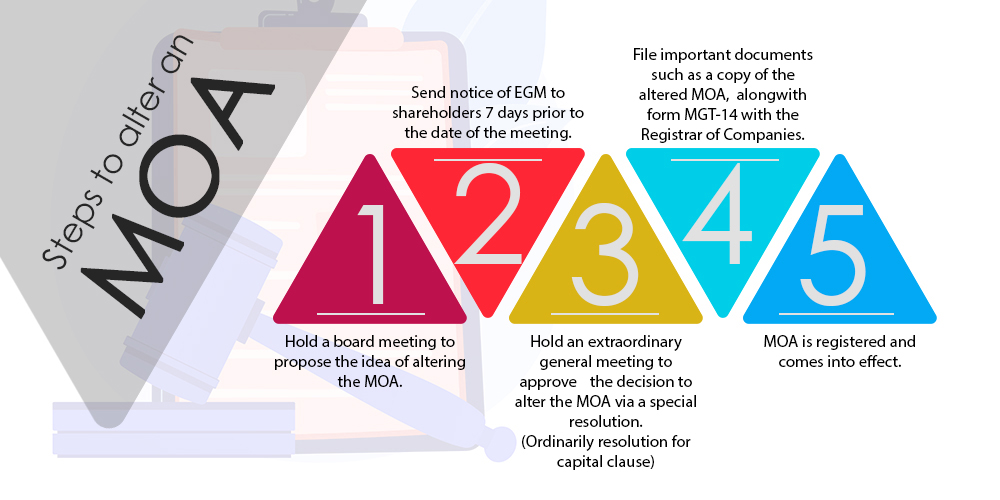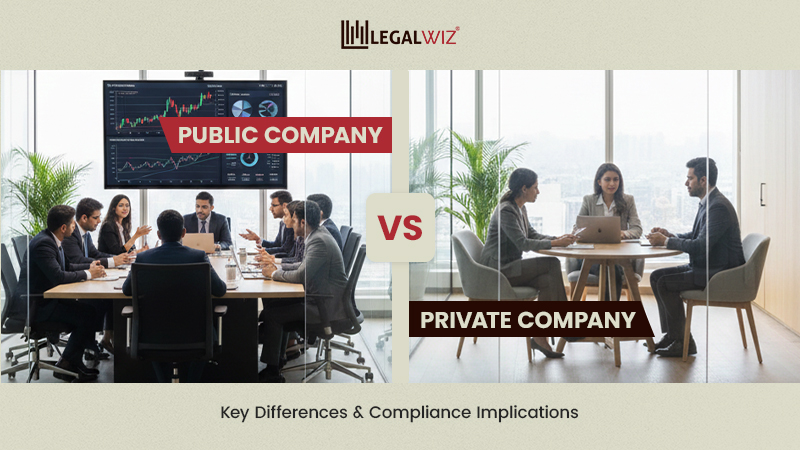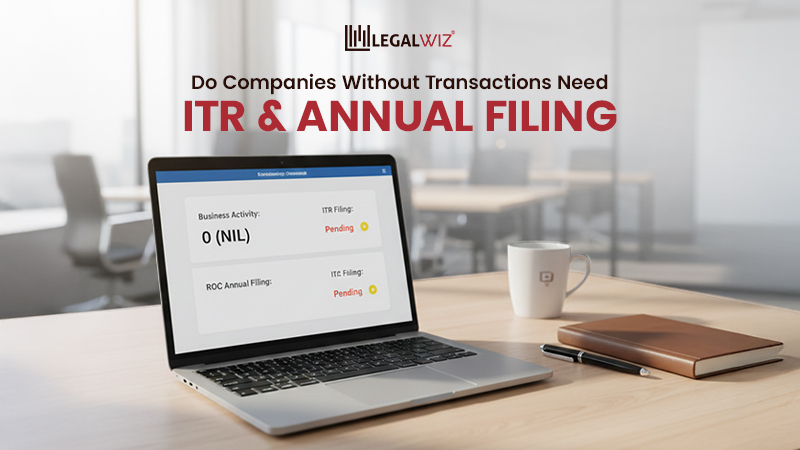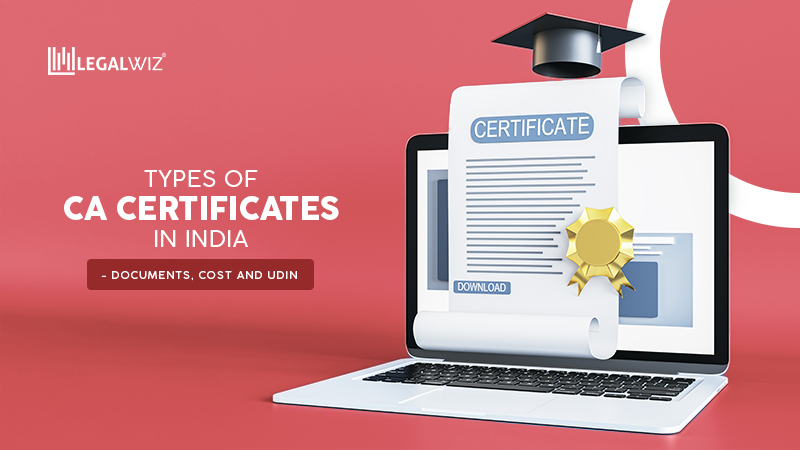MOA: Alteration and Amendment
What is the MOA?
The MOA or Memorandum of Association is a charter document that every company has to have; in fact a company can only be incorporated if they have an MOA. The purpose of the MOA or memorandum of association is to ensure that people can have a clear idea about the company; be it the objectives of the company or general details such as the name, its registered office etc. The Memorandum of Association is essentially the corporate identity of a company.
When can an MOA be amended?
Section 13 of The Companies Act, 2013, read with the Company Rules Act, deals with the alteration of Memorandum of Association. Every memorandum of association or MOA has the following mandatory clauses:
- Name clause
- Situation clause
- Object clause
- Liability clause
- Capital clause
- Subscription clause
An amendment to the MOA can be made for the purposes of altering any or all of the above-mentioned clauses EXCEPT the subscription clause.
Hence, an amendment to the MOA can be for any of all of the following purposes:
- To bring forth a change in the name of the company
- To change the registered office of the company
- To alter the object clause of the company, which means to either change or to add to the powers and objectives of the company.
- To change the kind of liability members of the company have (for example, a company that was initially limited by guarantee wanting to introduce share capital and become a company limited by shares)
- To amend the authorized share capital of the company
How to alter or amend the MOA?

No alteration can be made to the Memorandum of Association without following the steps mentioned under The Companies Act; this procedure applies to all companies:
(Infographic)
- The first step is to hold a board meeting. In this board meeting, the board should pass a decision to propose the idea of altering or amending the MOA to the members of the company.
- The second step is to send a notice of an extraordinary general meeting to all the members of the company. This notice should specify the venue, date, and time at which the meeting is to be held, as well as the objective of the meeting. The members should be given a minimum of seven days of notice before the date of the extraordinary general meeting.
- At the meeting the decision to alter the MOA should be approved by the members via a special resolution. An exception exists when it comes to capital clause, an ordinary resolution is enough to approve the amendment of the capital clause.
- A copy of the altered MOA, a certified copy of the resolution passed, an explanatory statement regarding the Extraordinary General Meeting at which the resolution was passed, and the notice that was sent for that Extraordinary General Meeting need to be filed, alongwith the form MGT-14, with the Registrar of Companies. In case the alteration is in the name clause or the situation clause of the MOA, a copy of approval of the central government also needs to be filed with the above documents.
- And finally, once the new memorandum of association is registered, it comes into effect.
Important points regarding amendment or adoption of a new memorandum of association
- The capital clause of a company can only be altered if the same is authorised by its Articles of Association/AOA.
- When altering the liability clause of the MOA, a copy of the resolution approving the change needs to be filed with the registrar within 30 days. While the liability clause can be altered to change the liability of the directors of the Company to unlimited, the same cannot be done for the liability of the shareholders.
- When altering or amending the situation clause of an MOA, The company is required to furnish proof/verification of its new registered office within a period of 30 days. This verification has to be done in INC-22.
- No alteration in the Memorandum of Association in case of a company that is limited by guarantee or does not have a share capital, can grant non-members of the company the right to participate in the company’s divisible profits.
- While altering the MOA, it is possible that the registrar of companies asks you to adopt a completely new MOA and Articles of Association in line with the Companies Act, 2013. This applies to companies that were incorporated before the new act came into being; the reason being that there has been a change in the format of the MOA under the new act.
FAQ
- Can I amend the liability clause of my company to make my company an unlimited liability company?
No, you cannot amend the liability clause of your company to make the liability of the members of your company unlimited. However you are allowed to amend the liability clause of your company to change the liability of the directors of your company to unlimited liability. - Can I alter the subscription clause of my MOA?
No. The subscription clause is the only mandatory clause of the memorandum of association which can never be altered. - How do I access the required forms for alteration of Memorandum of Association?
All the forms that are required for the alteration of MOA are available on the MCA website. They are available under the Company Form Download section. - Can I change the MOA of my company by following internal procedures?
No, an MOA is an extremely important document. No change can be made to it without following the procedure laid down by The Companies Act, 2013. Any change that is made without following the procedure laid down by law is illegal and void.
- From when is my new MOA valid?
After amending your MOA via the procedure laid down in The Companies Act, 2013, it has to be filed for registration with the Registrar of Companies. Once the new MOA has been registered with the ROC, it comes into force. Until then the old MOA stays in power.

Monjima Ghosh
Monjima is a lawyer and a professional content writer at LegalWiz.in. She has a keen interest in Legal technology & Legal design, and believes that content makes the world go round.







